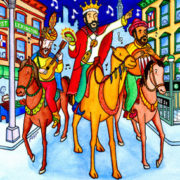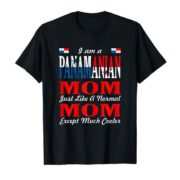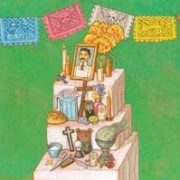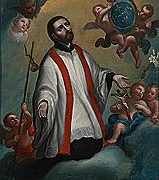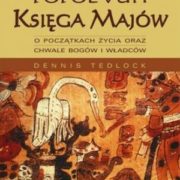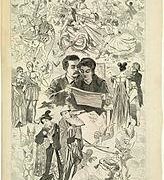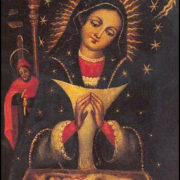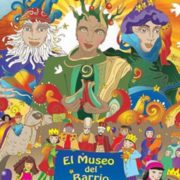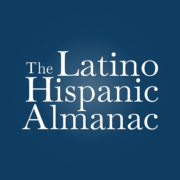Eve of el Dia de los Reyes Magos
Children in Puerto Rico begin to prepare for the celebration of el Dia de los Reyes Magos (The Three Kings or Epiphany). Since the kings are riding horses and camels (not reindeer), the children gather grass to feed the kings’ animals. The children put the grass in shoe boxes under their beds on the evening of January 5, hoping that by morning the boxes will be filled with gifts. (Image: El Museo del Barrio, New York)
Los niños en Puerto Rico comienzan a prepararse para la celebración de el Día de los Reyes Magos (los tres reyes o Epifanía). Puesto que los reyes están montando caballos y camellos (no reno), los niños se reúnen hierba para alimentar a los animales de los reyes. Los niños ponen la hierba en cajas de zapatos debajo de la cama en la noche del 5 de enero, con la esperanza de que por la mañana las cajas se llenarán de regalos. (Image: El Museo del Barrio, New York)

